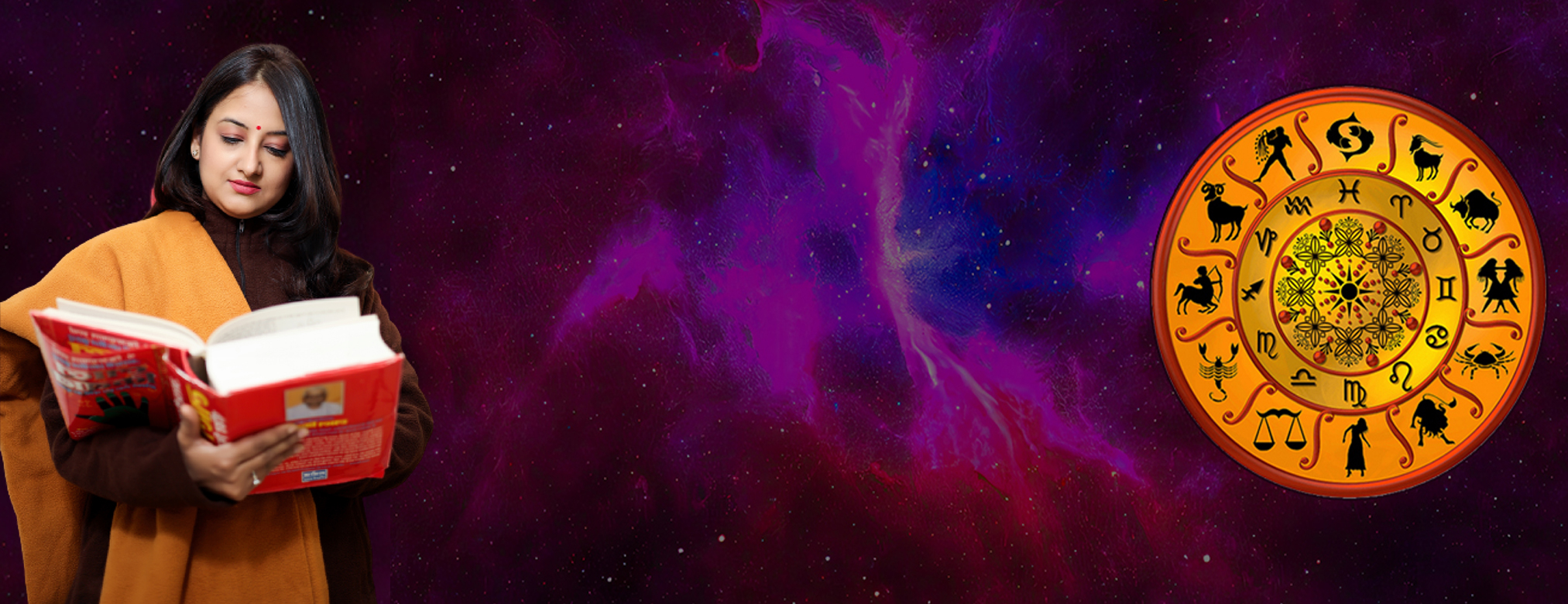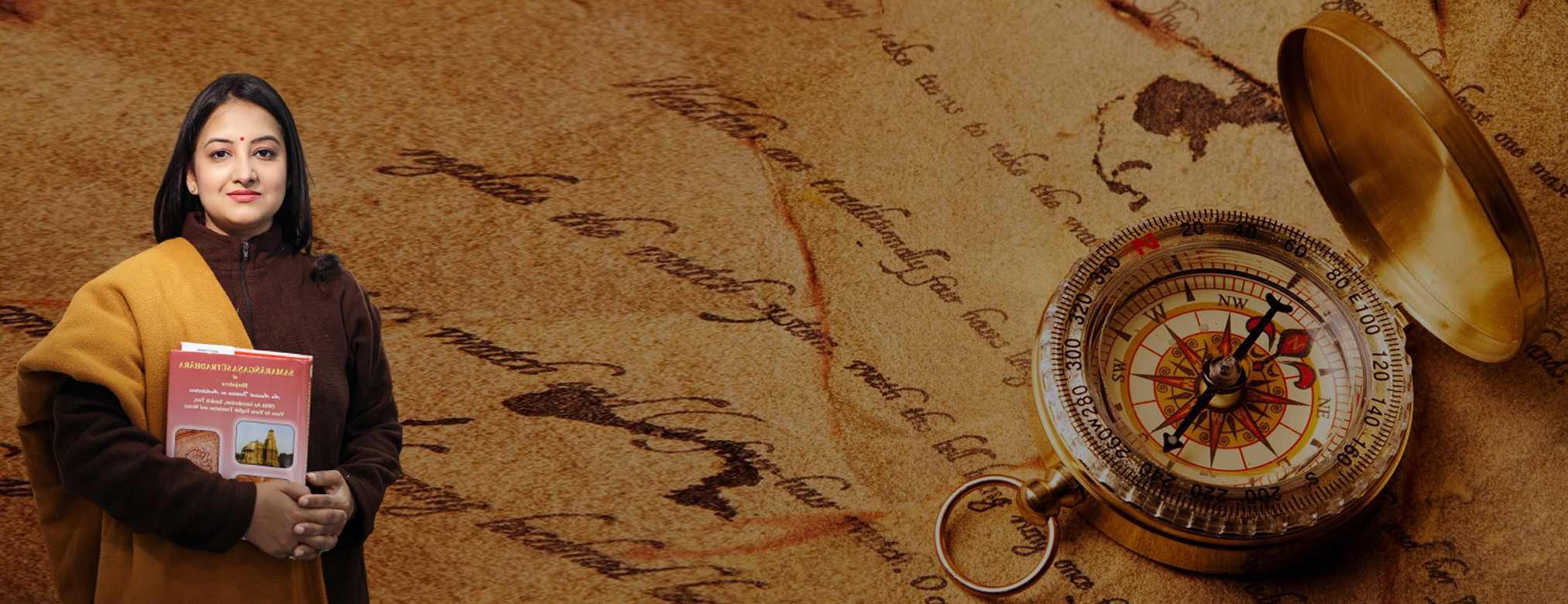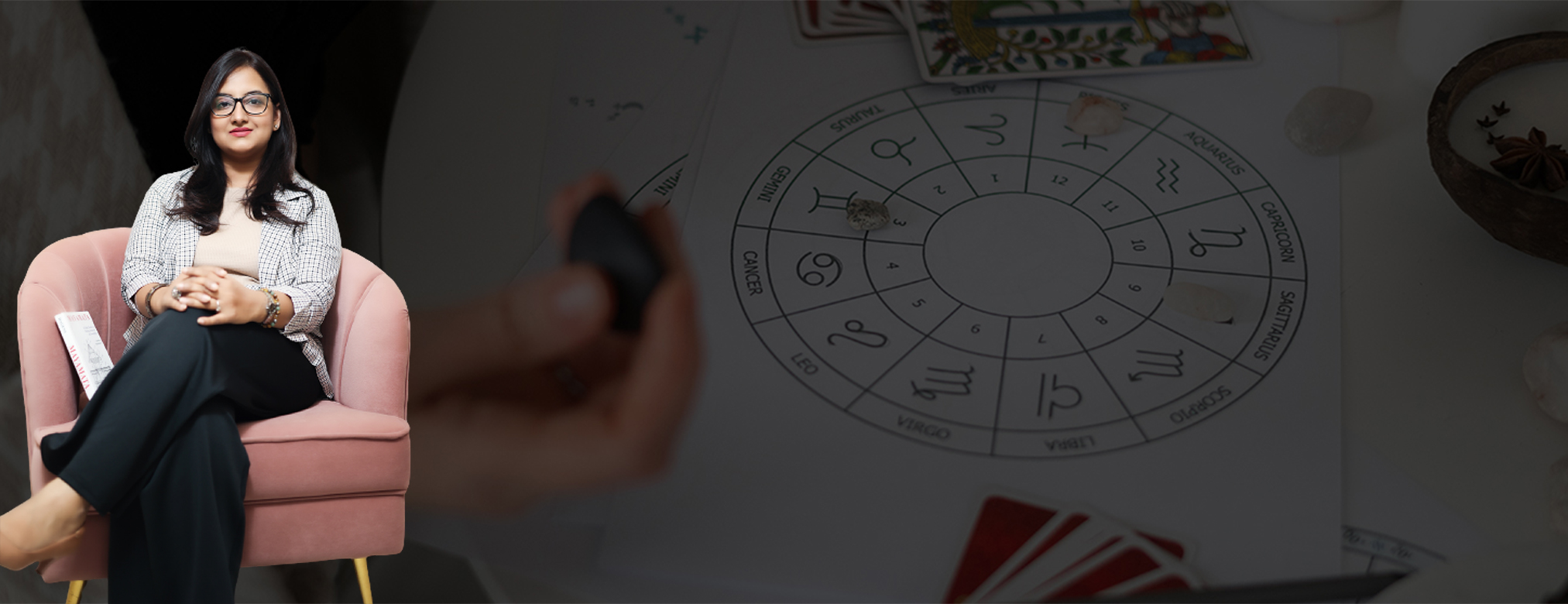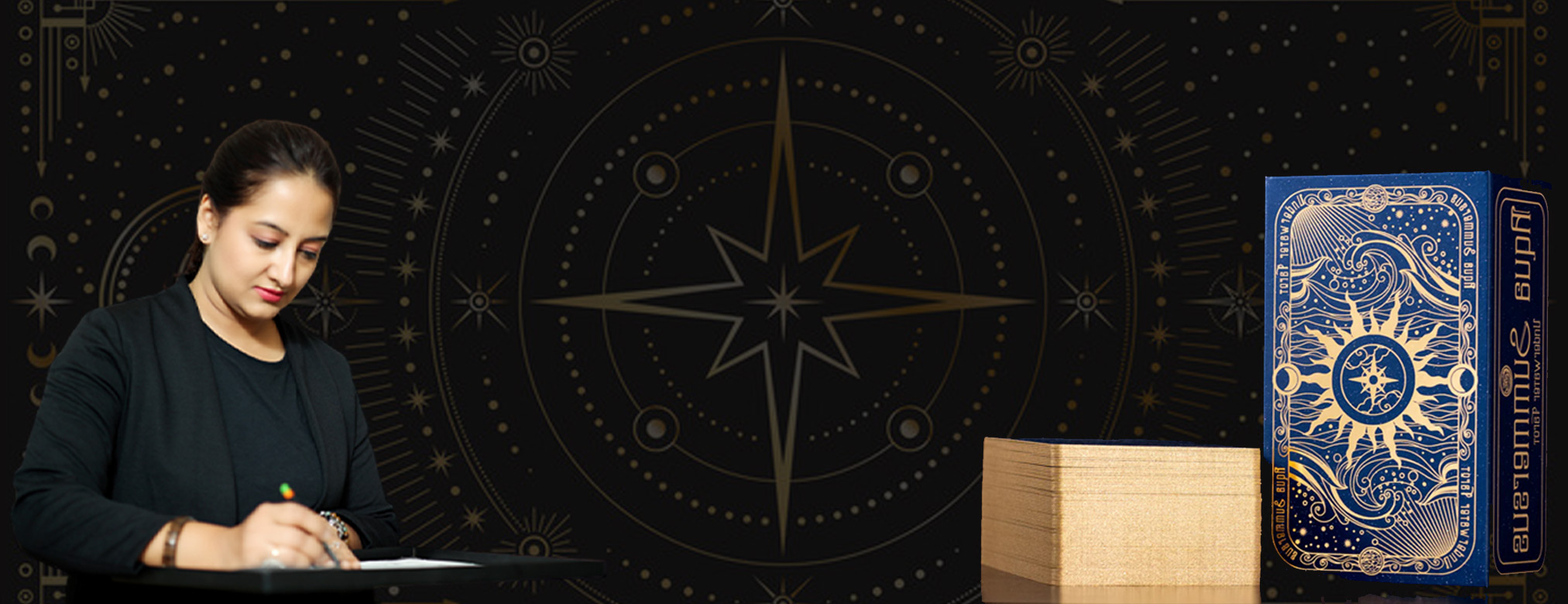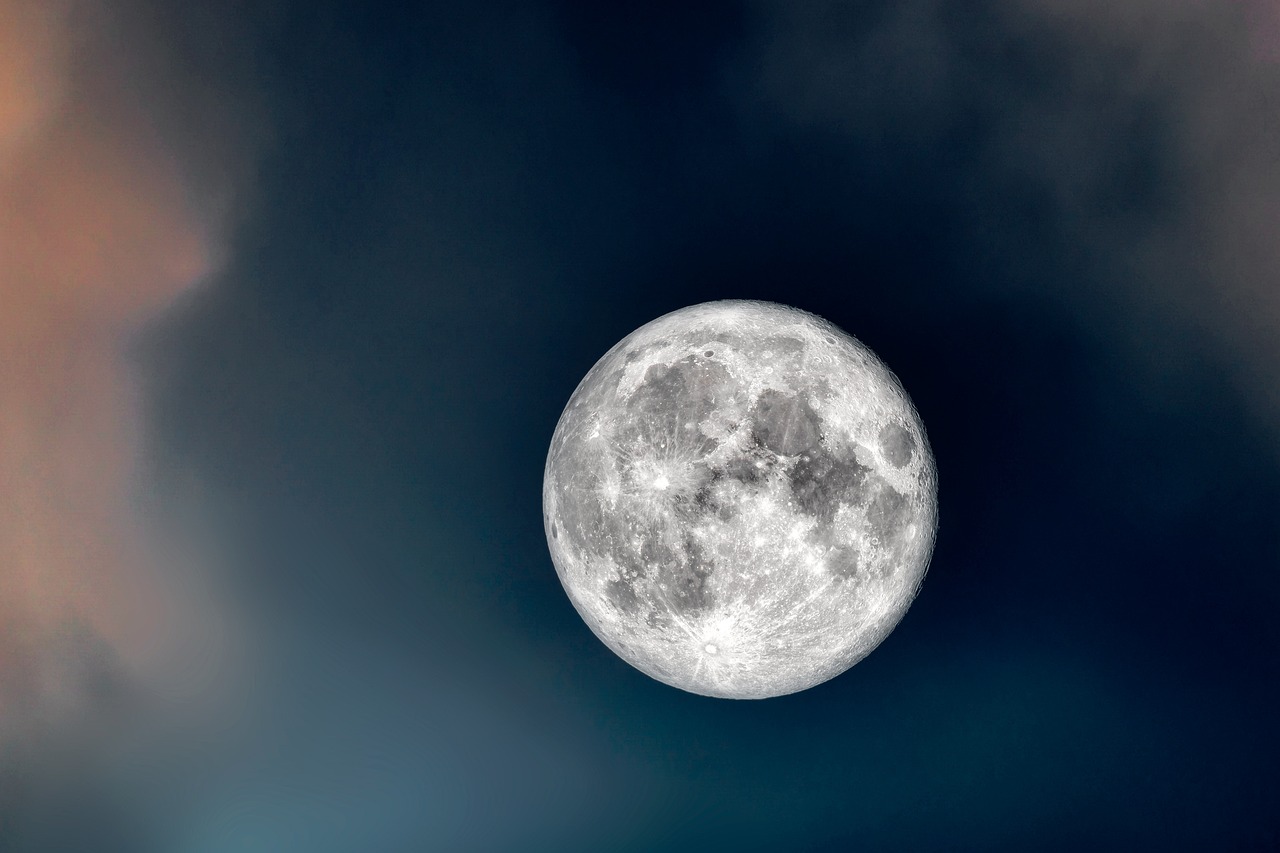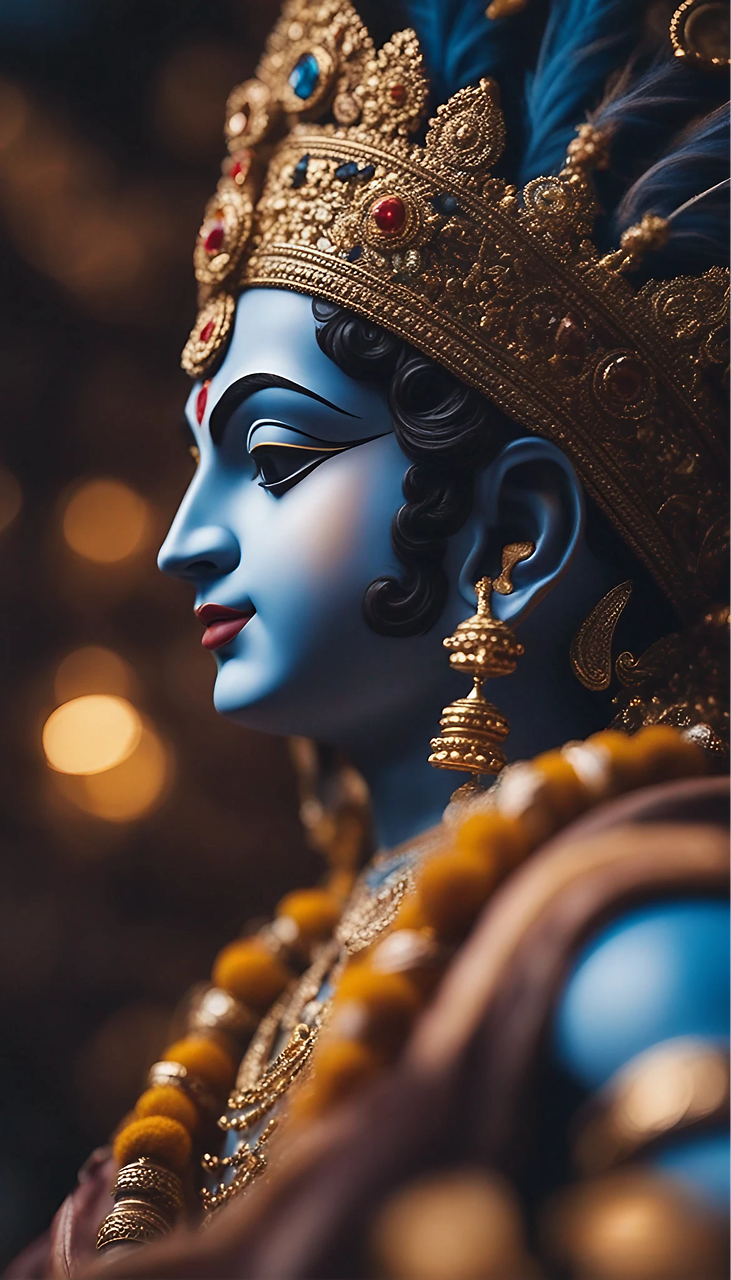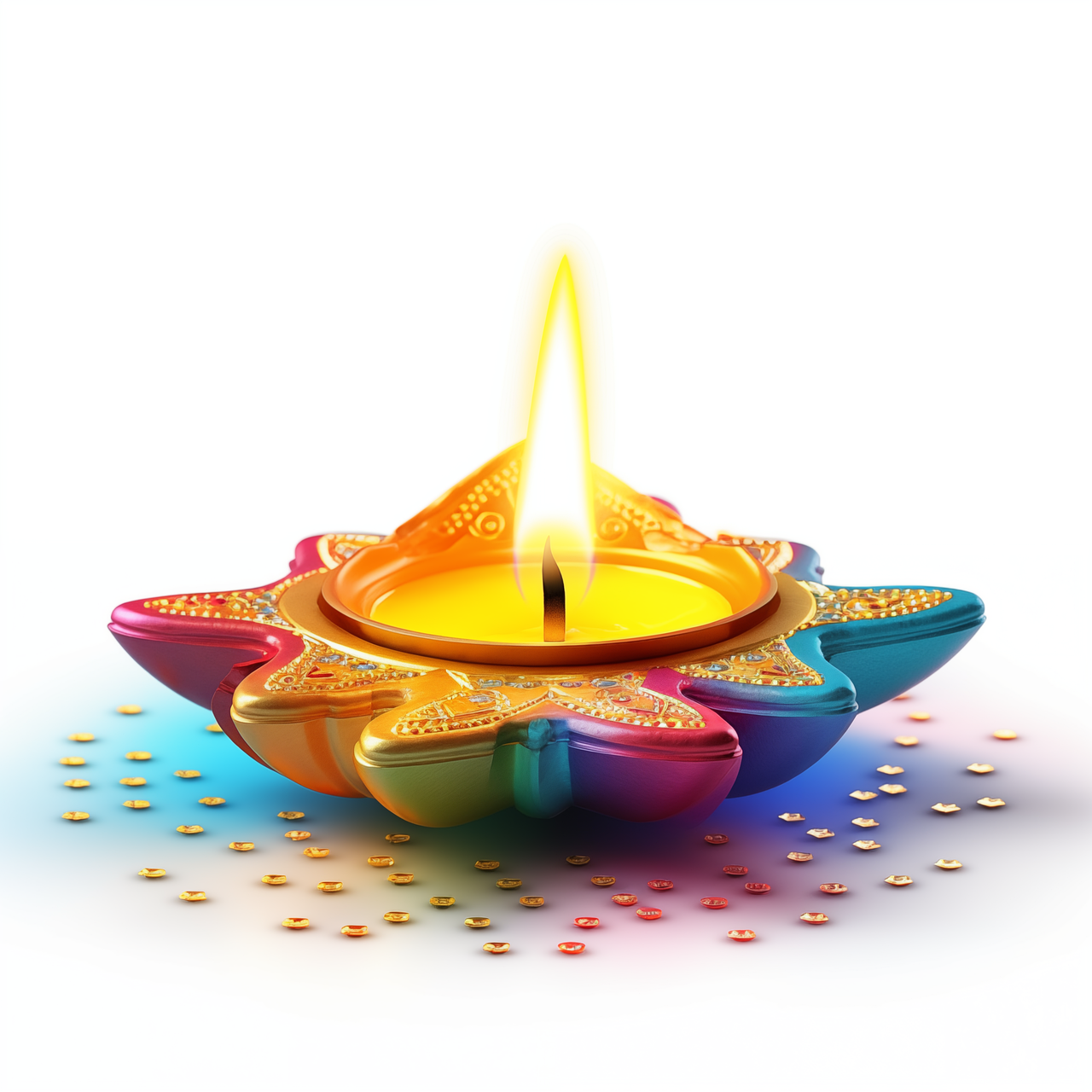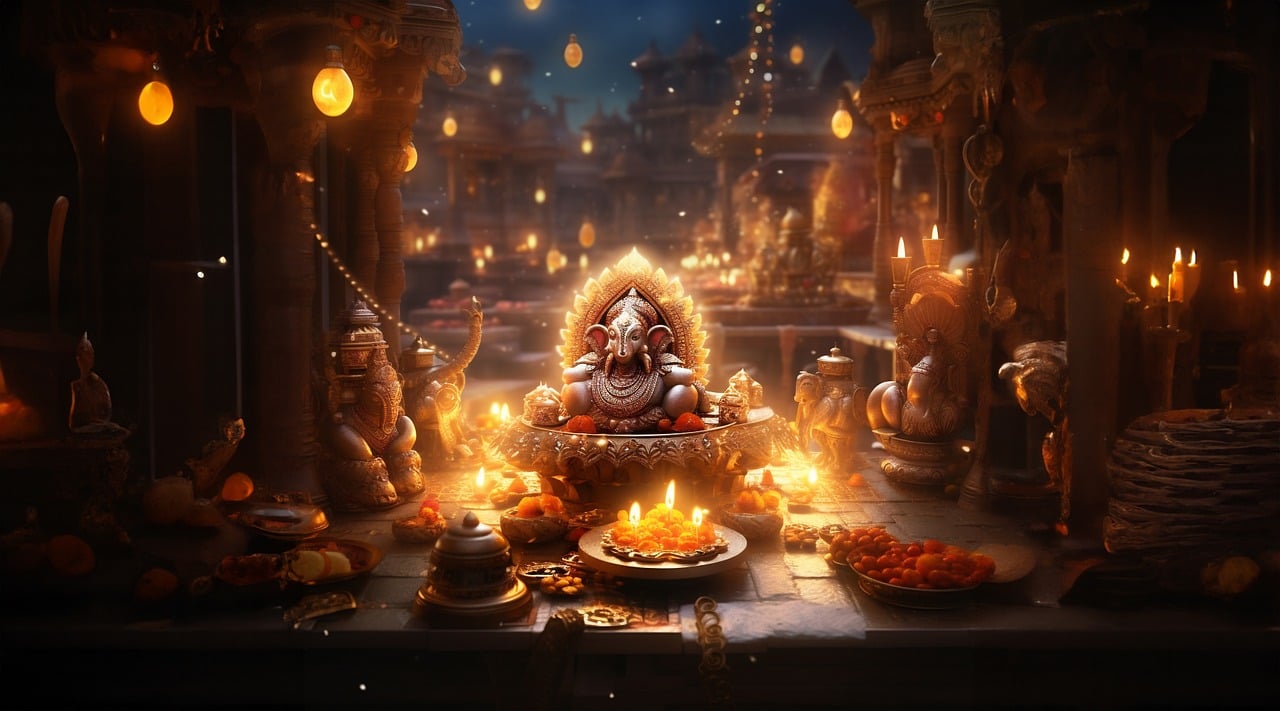Kartik Purnima, is a significant Hindu festival, is one such moment when the cosmos aligns to infuse our lives with divine grace and enlightenment. It is dedicated to Lord Vishnu and marks the day when he took birth as Kartikeya, the son of Lord Shiva. The festival also holds great significance for Jain devotees, as Lord Mahavira attained Nirvana on this day. It is a time of heightened spiritual energy and an opportunity for seekers to intensify their devotion and advance on their spiritual path.
Kartik Purnima, also known as Tripurari Purnima, marks the full moon day in the month of Kartik (usually in October or November) according to the Hindu lunar calendar. The festival is a celebration of Lord Shiva’s victory over the demon, Tripurasaura. This festival is also celebrated in honour of Lord Vishnu. On this day, he had incarnated as Matsya, which is his very first avatar. The Hindu legend says that on this day, Gods had descended to the earth into the sacred rivers. This is why, during Kartik Purnima, the devotees bathe themselves in sacred rivers, and believe that they receive the blessings of Gods. The significance of this festival increases when it falls in the Nakshatra Krittika (lunar mansion). This is when it is called Maha Kartik.
Kartik Purnima in 2023 is celebrated in 27 November.
– Purnima Tithi will begin at 3:54 pm on 26 NOV 2023.
– Purnima Tithi will end at 2:46 pm on 27 NOV 2023.
Observing a fast on Kartik Purnima is considered highly auspicious in Hinduism. By observing a fast, one can attain the blessings of Lord Vishnu and seek his divine intervention in their life. Here are some ways to observe a fast on Kartik Purnima:
– The day should start with a holy bath in a river or any other holy water body. It purifies the body and soul.
– During the fast, it is essential to consume only Satvik food, which is pure, light, and easily digestible. Avoid non-vegetarian food, garlic, and onions. You can eat fruits, nuts, and milk products.
– Throughout the day, recite mantras and prayers dedicated to Lord Vishnu. It will help you to focus on the divine and seek his blessings.
– Visit the temple and offer prayers to Lord Vishnu. Light diyas and incense sticks offer flowers to the deity. It will create a peaceful and serene environment and help you to connect with the divine.
– On Kartik Purnima, it is highly auspicious to donate to the needy. You can donate clothes, food, or money to the underprivileged.
– In the evening, after sunset, break the fast with Prasad offered to Lord Vishnu. This Prasad can be fruits, dry fruits, milk, or other Satvik food.
Don’ts:
– Do not consume non-vegetarian food or alcohol.
– Do not consume onions or garlic because they are impure.
– Avoid eating food cooked by others; instead, prepare your food.
– Do not engage in any sinful activities like gambling, lying, or cheating.
– Avoid using harsh words and practice kindness and compassion.
– Do not waste food or resources.
– Refrain from indulging in any kind of violence.
In the realm of astrology, Purnima tithi is regarded as an exceptionally propitious day, and employing specific remedies during this time can assist in dispelling negative energy:
Chanting Mantras: Reciting mantras stands out as one of the most potent astrological remedies. On the day of Purnima, reciting mantras such as the Gayatri Mantra, Mahamrityunjaya Mantra, or Vishnu Sahasranama can contribute to overcoming obstacles and infusing positive energy into one’s life.
Appeasing the Moon God: Engaging in the worship of the Moon god on Purnima can usher in tranquillity and prosperity. Offering white flowers, milk, and white sweets to the Moon not only aids in dispelling negative energy but also attracts good fortune into one’s life. Aside from that, one can get rid of malefic effects of the moon in the birth chart by performing the “Chandra Graha Shanti Puja”.

